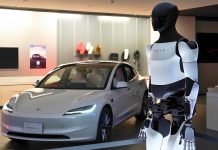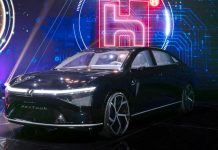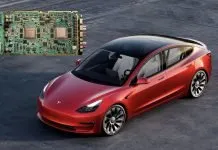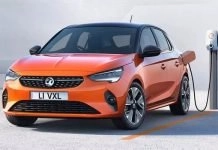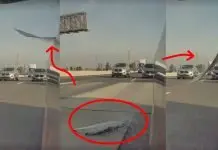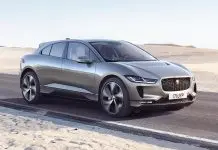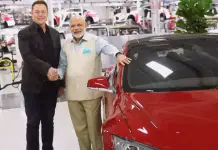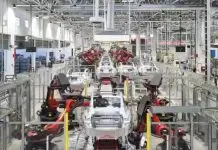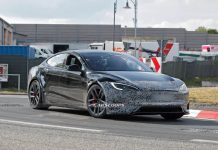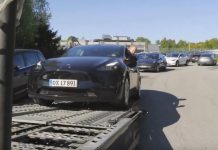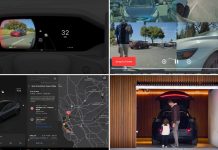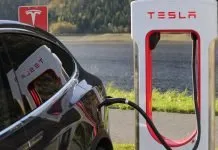As Tesla continues to roll out Robotaxi, Tesla now focuses more on safety, not only to avoid accidents but also to ensure that their outcomes result in the least damage. Two of the greatest contributions of Tesla in this area include its Active Hood protection of pedestrians as well as the incident-free driving and safety record of Tesla Autopilot. Combined, they will give an impressive upsurge in integrating active and passive safety, setting a solid foundation for the mainstream launch of the Tesla robotaxi fleet.
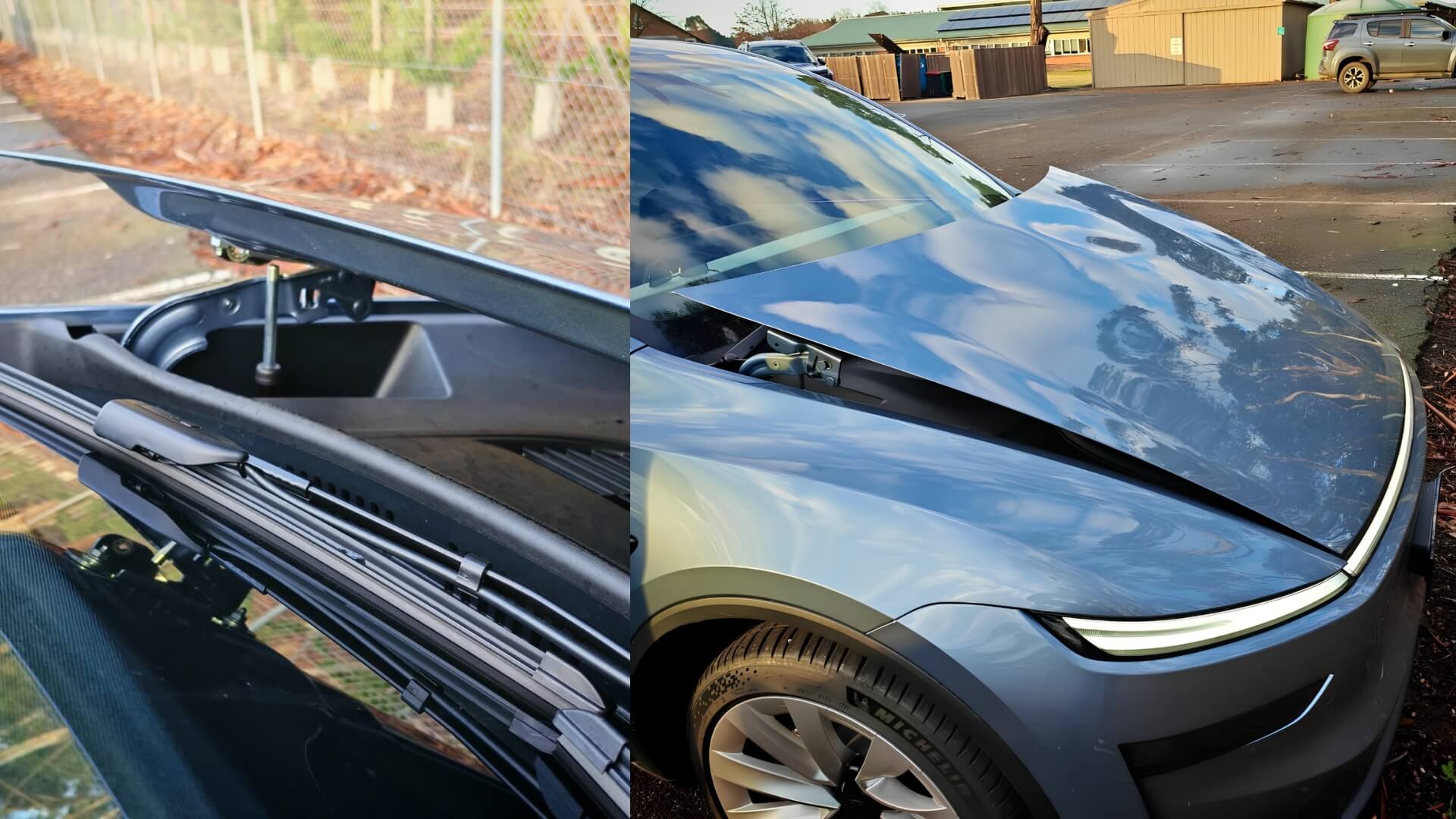
The Active Hood
The Active Hood system, which has been fitted to all 2024+ Model 3 and 2025+ Model Y cars worldwide (except North America), is intended to limit head injuries to pedestrians and cyclists in the case of an impact. Once sensors detect an impact, the rear section of the hood will rise automatically to form a cushion area between the hood and the solid parts of the engine it lies beneath. This minimizes the seriousness of wounds and compresses more of the kinetic energy.
The system was originally designed to work on human pedestrians, but the testing results have indicated that it will work under collisions with animals, like kangaroos in Australia, as well, proving that this works well in various aspects. This is crucial to the environment of robotaxis, which will have to work 24/7 in different settings. Be it in cities, suburbs, or the country, the robotaxi will have to be programmed to deal with a wide variety of real-life risks without causing accidents.
This Australian Model Y owner had a close call with a kangaroo and the pedestrian safety system activated.
They say it’ll take a few months to fix but I doubt it’ll be more than a couple weeks
From Dallas Drew on FB pic.twitter.com/stP2OOnyyL
— Brandon (@teslaflexx) June 17, 2025
The Importance of Passive Safety of Autonomous Vehicles
A lot of talk about autonomous driving revolves around avoiding accidents. However, even the most developed self-driving system may not guarantee zero crashes. This is when passive safety systems such as the Active Hood come in handy.
When the robotaxis finally start to substitute a human driver in the big cities all over the globe, they will face complicated, in many situations unpredictable conditions of the pedestrians, cyclists, animals, and other non-typical objects. In situations where accidents will inevitably occur. Interestingly, Tesla FSD (Supervised) v13.2.6 tackles China’s urban area like a regular driver. The Active Hood system can also be very useful in:
- Minimising fatality hazards to pedestrians.
- Improving the levels of regulatory compliance, particularly in areas where the standards of pedestrian safety are high.
- Improving public confidence in autonomous transportation systems.
Autopilot’s Proven Safety Record
Tesla Autopilot has covered more than 9 billion real-world miles to date, and it is one of the most extensively tested driver assistance systems in the world. That is because designated safety reports by the Tesla company reveal that automobiles, even when being driven with Autopilot, have substantially lower numbers of incidents per mile in comparison to the countrywide national figures of accidents involving people as drivers.
High-level suite of sensors, machine learning algorithms, and over-the-air updates provide Autopilot with an opportunity to drive safely in complex environments and further minimize the risk of accidents and reliability of autonomous mobility.
Conclusion
With the emergence of the vision of robotaxi, its safety innovations are driving major industry trends. The Active Hood system is just one example that careful design can save lives even in the worst-case conditions, and the safety record of Tesla Autopilot is evidence that autonomous technology can perform even better than a human driver in real-life situations. All of that and more, and not only is this making it possible to have robotaxis on the streets, but it is also making it safer.


